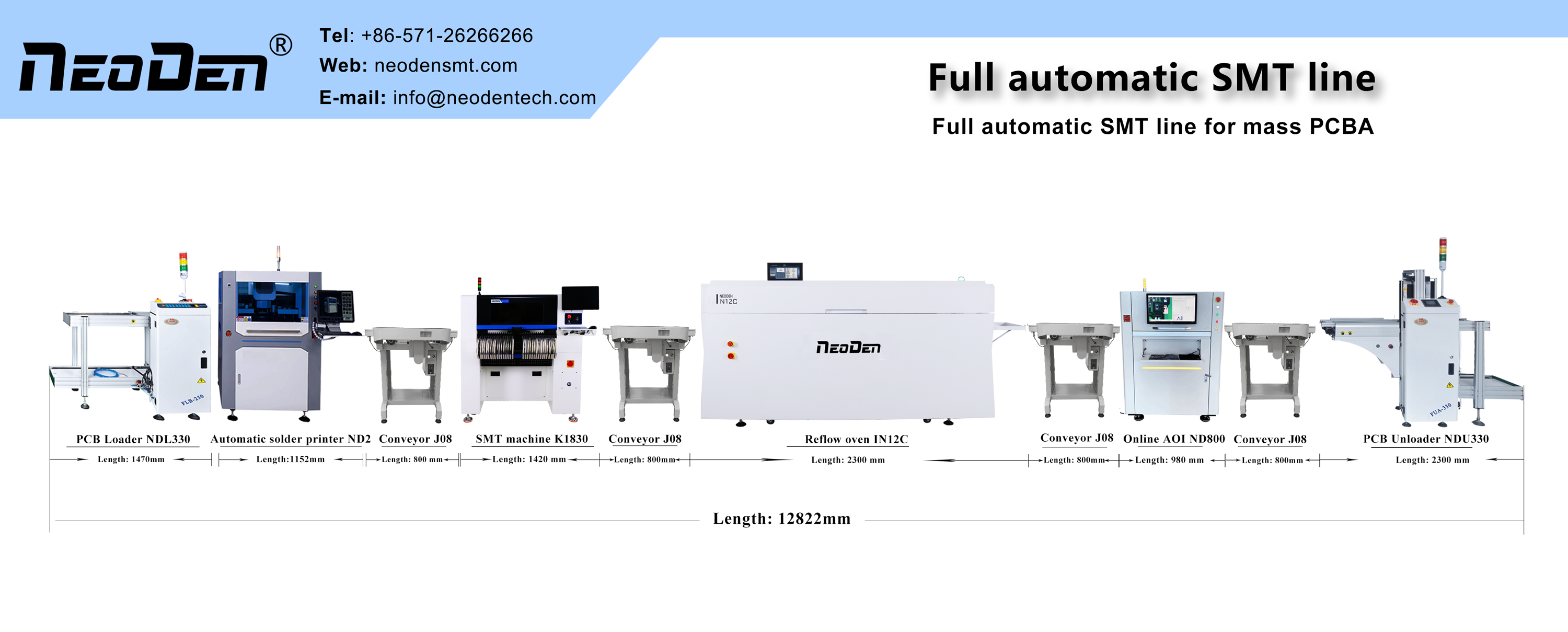Layout is one of the key factors in PCBA design to ensure signal integrity and thermal management of the board. Here are some layout best practices in PCBA design to ensure signal integrity and thermal management:
Signal Integrity Best Practices
1. Layered Layout: Use multi-layer PCBs to isolate different signal layers and reduce signal interference. Separate power, ground and signal layers to ensure power stability and signal integrity.
2. Short and Straight Signal Paths: Shorten signal paths as much as possible to reduce delays and losses in signal transmission. Avoid long, curved signal paths.
3. Differential Signal Cabling: For high-speed signals, use differential signal cabling to reduce crosstalk and noise. Ensure that path lengths between differential pairs are matched.
4. Ground plane: Ensure adequate ground plane area to reduce signal return paths and reduce signal noise and radiation.
5. bypass and decoupling capacitors: place bypass capacitors between the power supply pins and ground to stabilise the supply voltage. Add decoupling capacitors where needed to reduce noise.
6. High-speed differential pair symmetry: Maintain path length and layout symmetry of differential pairs to ensure balanced signal transmission.
Thermal Management Best Practices
1. Thermal design: Provide adequate heat sinks and cooling paths for high power components to dissipate heat effectively. Use thermal pads or heat sinks to improve heat dissipation.
2. Layout of thermally sensitive components: Place thermally sensitive components (e.g., processors, FPGAs, etc.) in appropriate locations on the PCB to minimise heat build-up.
3. Ventilation and heat dissipation space: Ensure that the chassis or enclosure of the PCB has sufficient vents and heat dissipation space to promote air circulation and heat dissipation.
4. Heat transfer materials: Use heat transfer materials, such as heat sinks and thermal pads, in areas where heat dissipation is required to improve heat dissipation efficiency.
5. Temperature Sensors: Add temperature sensors at key locations to monitor the temperature of the PCB. This can be used to monitor and control the thermal system in real time.
6. Thermal Simulation: Use thermal simulation software to simulate the thermal distribution of the PCB to help optimise the layout and thermal design.
7. Avoiding Hot Spots: Avoid stacking high power components together to prevent hot spots, which may lead to component overheating and failure.
In summary, layout in PCBA design is critical for signal integrity and thermal management. By following the best practices outlined above, you can improve the performance and reliability of your electronics by ensuring that signals are transmitted consistently across the board and that heat is managed effectively. Using circuit simulation and thermal analysis tools during the design process can help optimise the layout and resolve potential issues. In addition, close co-operation with the PCBA manufacturer is key to ensuring the successful execution of the design.
Zhejiang NeoDen Technology Co., Ltd. has been manufacturing and exporting various small pick and place machines since 2010. Taking advantage of our own rich experienced R&D, well trained production, NeoDen wins great reputation from the world wide customers.
with global presence in over 130 countries, the excellent performance, high accuracy and reliability of NeoDen PNP machines make them perfect for R&D, professional prototyping and small to medium batch production. We provide professional solution of one stop SMT equipment.
We believe that great people and partners make NeoDen a great company and that our commitment to Innovation, Diversity and Sustainability ensures that SMT automation is accessible to every hobbyist everywhere.
Post time: Sep-14-2023

